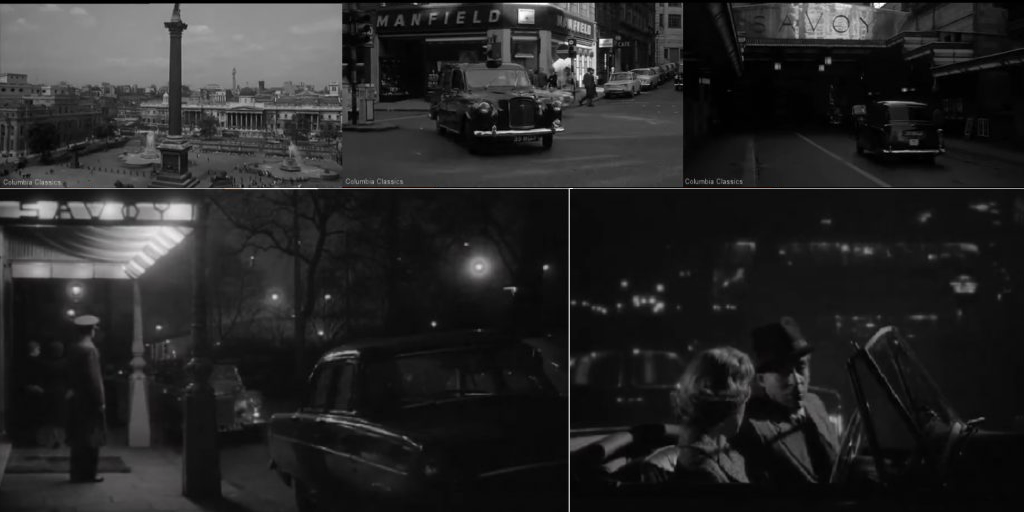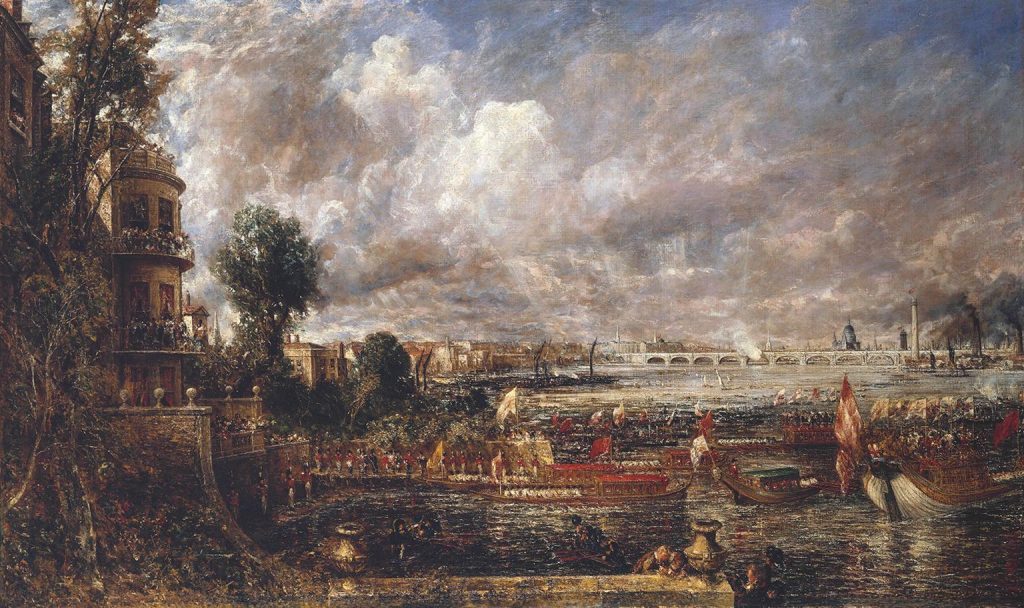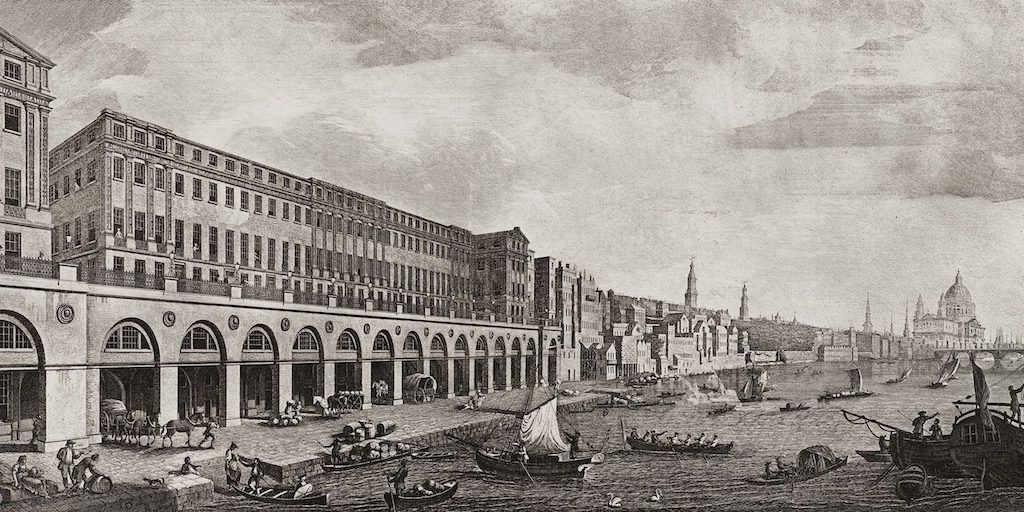Centuries
LGBTQ+ History Month February 2021: do you have a story to share?
Hopefully, if you are reading this, you’ll know that Strandlines is a site dedicated to stories about and from the Strand area: from Trafalgar Square to where the Strand meets Fleet Street; Temple, Embankment and Charing Cross; and into the southern edge of Covent Garden. The editorial team are seeking stories, memories, art, short research…
Read MoreThe Strand in film: a story of change and eternity
Introduction In my earliest posts on Strandlines, I focused heavily on a bastion of Strand history: The Savoy. Over time I diversified my interests and desired to find the more niche and hidden stories of this great viaduct. Unsurprisingly, however, when I decided to look into depictions of the Strand in film over time the…
Read MoreCatch up with Maureen Duffy and Liz Mathews in conversation
On 25th November 2020, we held an online event to celebrate the launch of Strandlines‘s special collection on Maureen Duffy. We heard from Maureen about her latest work; the forthcoming publication of her first children’s book Sadie and the Seadogs, illustrated by Anita Joice, and her 20th novel, After Eve. Maureen also read two poems…
Read MoreStranded Series: Sotiris Polyzopoulos
The pandemic has undoubtedly emptied out London streets, all its buzzy hangout spots, workplaces and cultural epicentres. As essential workers continue to uphold the skeleton of the city and restaurants endeavour to provide the necessary sustenance (still managing to fit in a hello to the customers, often half in, half out, of alignment with the…
Read MoreWho put the Villiers in Villiers Street? Art, culture and élite life on the seventeenth-century Strand
Villiers Street has always captivated me. Linking the Strand to the Embankment, it remains one of the most vibrant walkways in the area and it plays an important part in connecting people to some of central London’s main visitor attractions – historical buildings and palaces, galleries, theatres, cinemas, museums and parks. It has a buzzy…
Read MoreAlienation on the Strand; Solitude in Street Haunting
Woolf’s writing has been a part of my life for so long I no longer know if it taught me to see the world this way or just taught me to notice that I do. – Tracy Seeley There is perhaps no greater comfort nor reward granted by reading than resonance. It is an indescribable…
Read MoreShops on the Strand: women in business in early modern Westminster, 1600-1740
In October I began work in earnest on a new research project, which will illuminate the lives of women in business on the Strand in the seventeenth and early eighteenth centuries. I am particularly looking forward to uncovering all sorts of material on the myriad shops in this location, whether at street level or in…
Read MoreTwo Short Accounts on the Old Waterloo Bridge
Before structural issues led to a redesign (resulting in Giles Gilbert Scott’s concrete bridge built in 1942), Waterloo Bridge was considered the most beautiful of all London’s bridges, whose aura was captured more than once by artists: including Constable and Monet during his stays at the Savoy. The following accounts, one by an English archeologist…
Read MoreDracula Stalks the Strand
On the back wall of the Lyceum theatre in Burleigh Street are three engraved names: Stoker, Irving and Terry. They honour three great characters of the British theatrical world in the late 19th century. Henry Irving was the actor/manager of the Lyceum from 1878 to 1902. Ellen Terry was one the most famous actors of…
Read MoreThe Adelphi and Robert Adam
By the end of the eighteenth century, the Strand had become the theatre of one of London’s most adventurous architectural enterprises: the Adelphi. Four Scottish brothers Robert, John, James, and William Adam endeavored to transform a slum into a fashionable quarter, and in doing so, to promote their dream of social and artistic uniformity, equity,…
Read More









